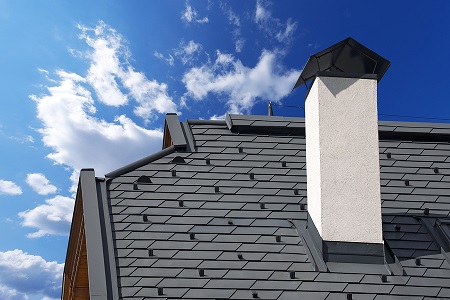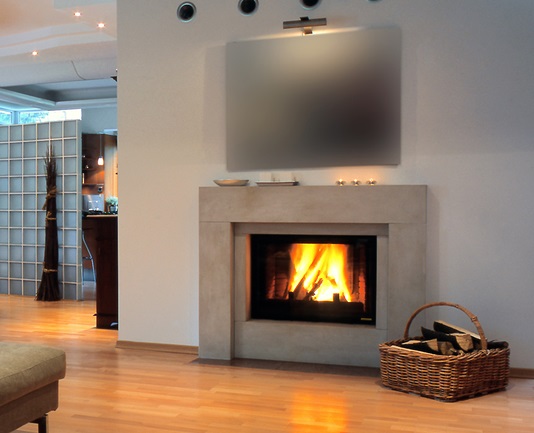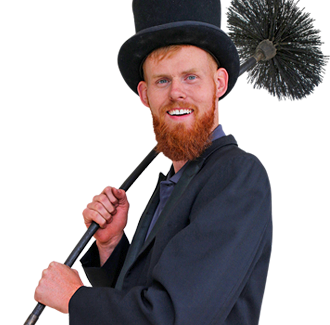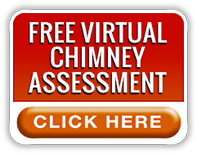Tips for a Safer Chimney
 The Chimney Safety Institute of America (CSIA) is a non-profit organization with a focus on preventing residential chimney-related hazards that result in loss of life and property, such as chimney fires and carbon monoxide intrusion. The organization also strives to help homeowners improve home heating efficiency. CSIA achieves these goals through resources designed to educate chimney and venting professionals, fire prevention specialists, and the public. The following is information from CSIA that can help you maintain a safe chimney.
The Chimney Safety Institute of America (CSIA) is a non-profit organization with a focus on preventing residential chimney-related hazards that result in loss of life and property, such as chimney fires and carbon monoxide intrusion. The organization also strives to help homeowners improve home heating efficiency. CSIA achieves these goals through resources designed to educate chimney and venting professionals, fire prevention specialists, and the public. The following is information from CSIA that can help you maintain a safe chimney.
How to Have a Safer Chimney
It should never be assumed that a chimney is safe to use. One of the major causes of chimney fires is when homeowners use their fireplaces without first ensuring that the flue is in good shape and there are no obstructions in the venting system. It is very important to have an annual inspection before the start of a new burn season, so that professional chimney technicians can check all potential hazards and perform needed repairs before fires are started.
Common Causes of Chimney Fires
Chimney fires can burn with dramatic intensity, creating enough noise that neighbors can detect them. Dense smoke or flames might come from the top of the chimney. Homeowners have described the sound of a chimney fire as a low rumbling sound, similar to low-flying aircraft or a freight train. Loud cracking and popping noises may also be heard. Homeowners have also noticed a smell that is intense and hot. Slow-burning chimney fires may not be as easy to detect, but they can reach temperatures that are high enough to damage the chimney structure and reach combustibles in the home. It’s important to have your chimney inspected after there has been a chimney fire.
Knowing the causes of hazardous chimney fires can raise awareness that leads to fire prevention. The following are some of the most common reasons chimney fires get started:
• The firewood being burned is unseasoned and therefore contains too much moisture. Wet firewood leaves heavy buildup of highly flammable creosote in the chimney liner.
• The appliance is not the right fit for the chimney flue.
• Lack of chimney cleaning and maintenance.
• Wood smoldering for long periods in wood stoves.
• Burning firewood overnight.
Tips for Safe Use of a Fireplace
Avoiding a dangerous house fire involves both proper maintenance and proper use of wood-burning appliances. The following are tips that can help prevent fires:
• Do not overload the fire with an excessive amount of firewood.
Do not overload the fire with an excessive amount of firewood.
• Never use flammable liquids such as kerosene or lighter fluid to help start a fire.
• Do not burn paper, cardboard, or trash in your fireplace or wood stove.
• Be sure hot embers are put out before going to bed.
• Use a fireplace screen to prevent flying sparks and hot embers from entering your home and catching combustible materials on fire.
• Do not burn treated wood in your fireplace because doing so releases dangerous toxins in the air.
• Make sure that there are smoke alarms and carbon monoxide detectors in good working order in your home at all times, particularly when your fireplace or wood stove is in use.
Contact our chimney professionals today to schedule maintenance and ensure that you have a safe chimney.








